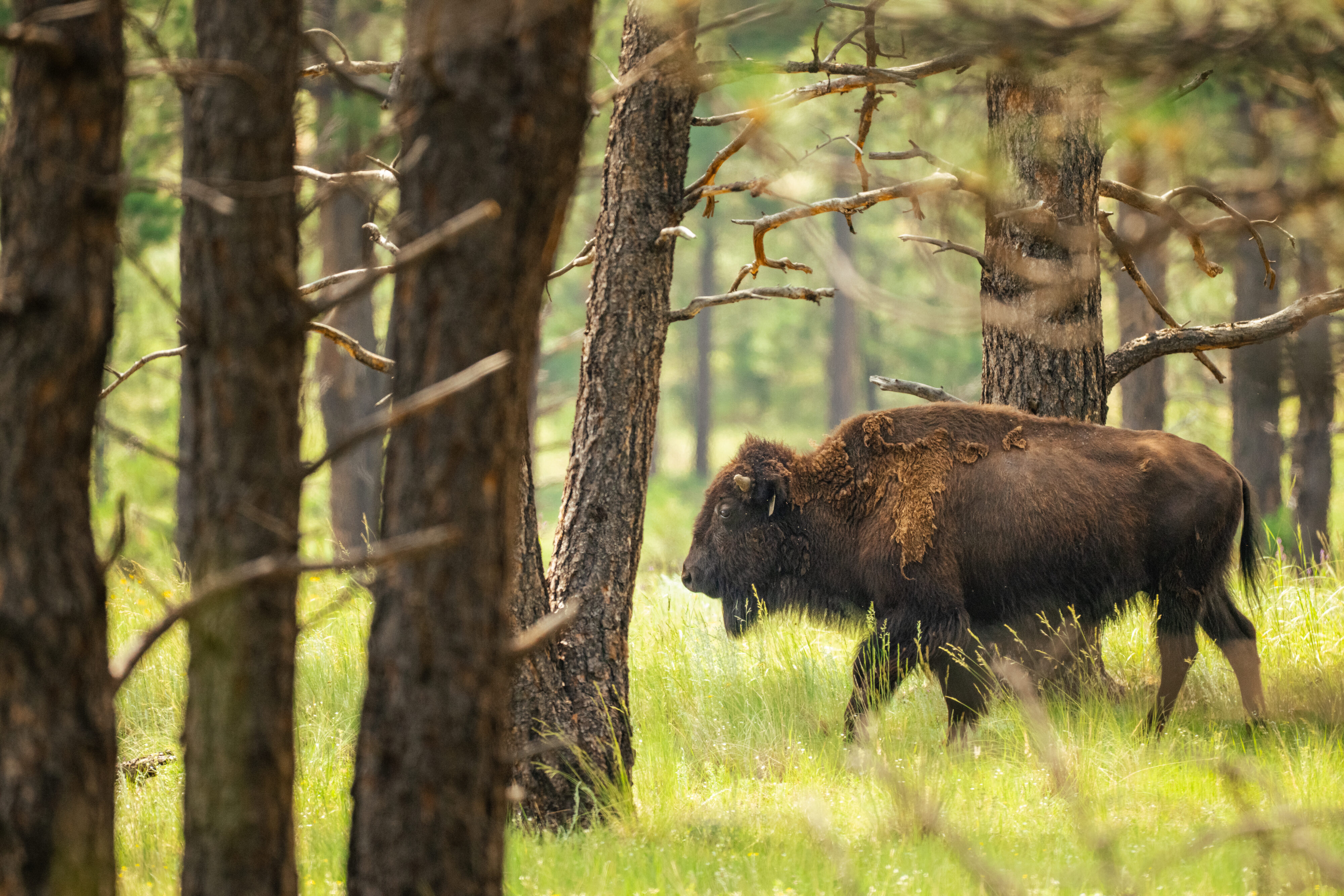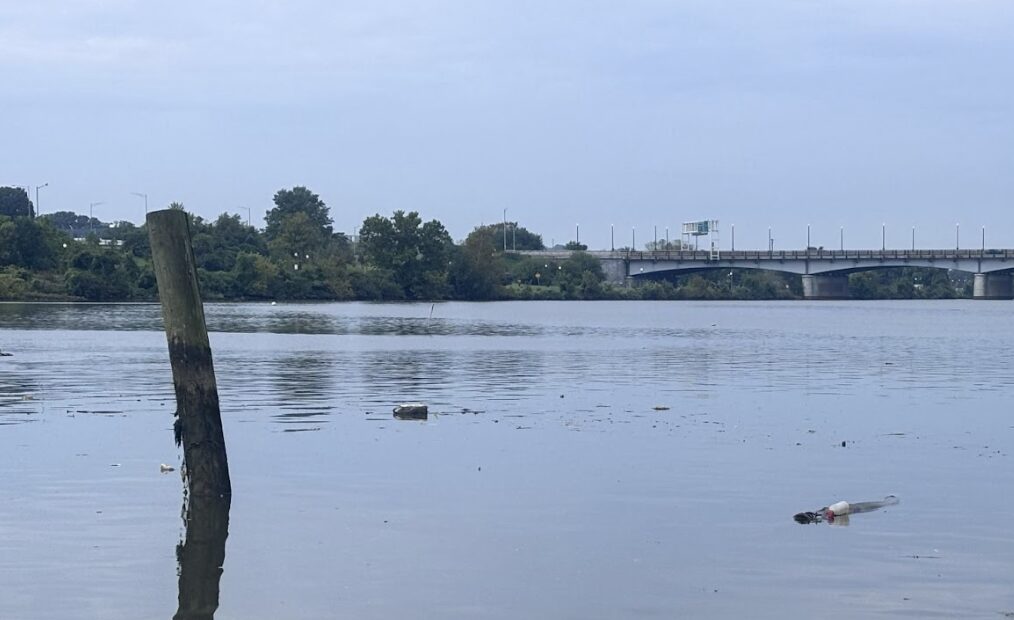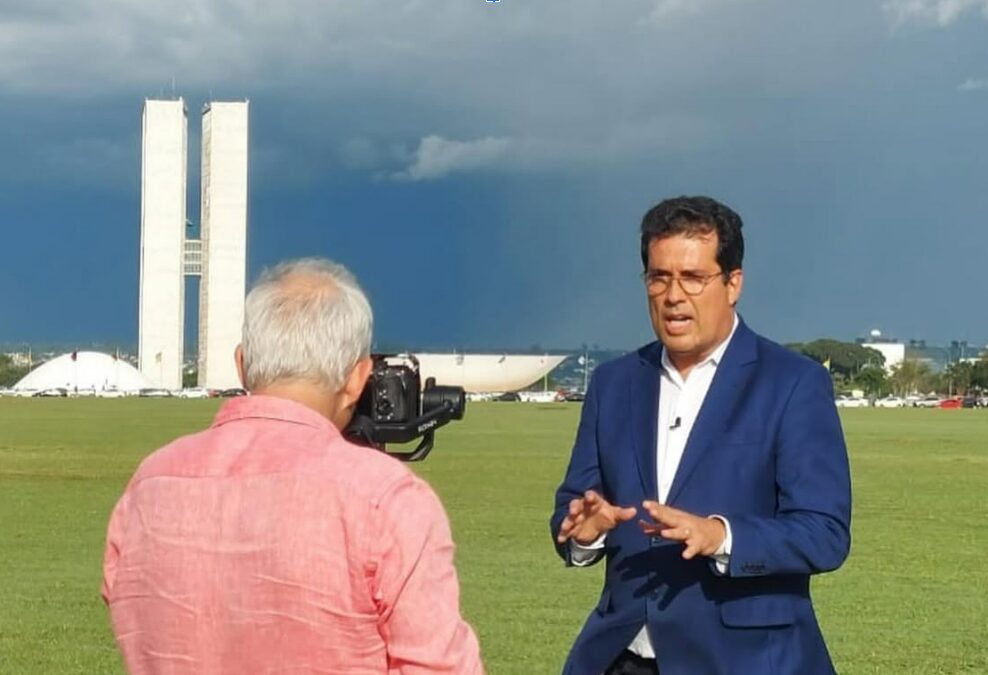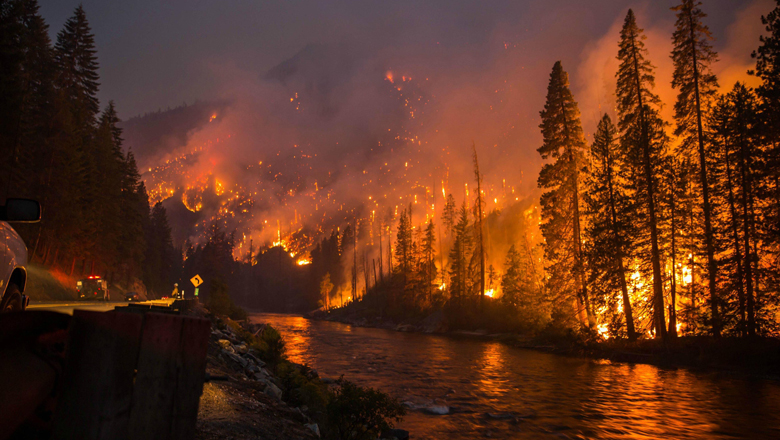
Forests on Fire in the Wettest Region of the US?

I am a product of the Pacific Northwest. I love to hike, bike, compost, teach yoga, run (particularly in the rain) and snowboard. The Tree House, my family cabin in the Cascade Mountains, is my respite where I can spend days outdoors doing all of my favorite things, and nights curled up with a book before a fire inside.
At the Tree House the pines whisper during the summer and are hushed in the winter when they are covered in snow. The waterfalls rage below glistening peaks, and I get to explore it all. But two summers ago a forest fire came within forty yards of my beloved family cabin, and I saw before me the prospect of the place where all of my treasured family memories were made being burned to the ground.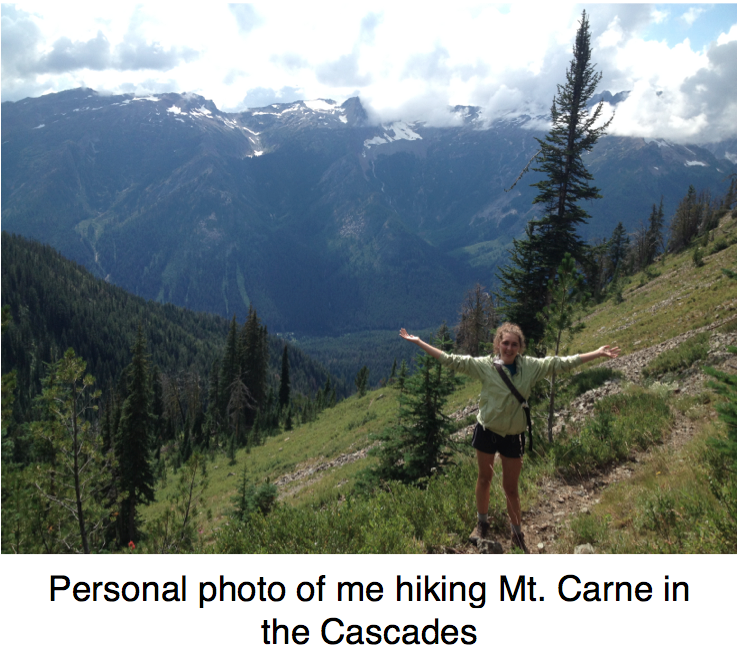
Increased rainfall in the winters and decreased rainfall in the summers create drier summers with reduced stream flow west of the Cascades. Drier and warmer summers mean drier forests. Snowpack in the mountains is low and snowmelt will occur three to four weeks earlier. In fact data that observed stream flow each year in June for the past fifty years shows that in the Washington Cascade Region, stream flow has reduced 4 to 15 percent.
All of these factors make Forests in the Pacific Northwest increasingly susceptible to forest fires. Beyond the destruction of aesthetic beauty and recreation areas, as these trees that have stored carbon for years are burned they release all of the stored carbon back into the atmosphere, contributing further to our climate problem. Also lost is the ecological service these trees give us by cleaning air and water.
Forests in this region will also begin to see greater invasion of the Pine Beetle. These huge beetles invade increasingly warmer, drier regions, burrow into trees, and kill them from their trunk to their tip, making for patches of dead, dry trees. However, the beetles won’t last long because they can only survive within a specific temperature range, and the cascade forests will soon be too hot, even for the pine beetles. Their presence in the forests will decrease by about 50% by around 2100.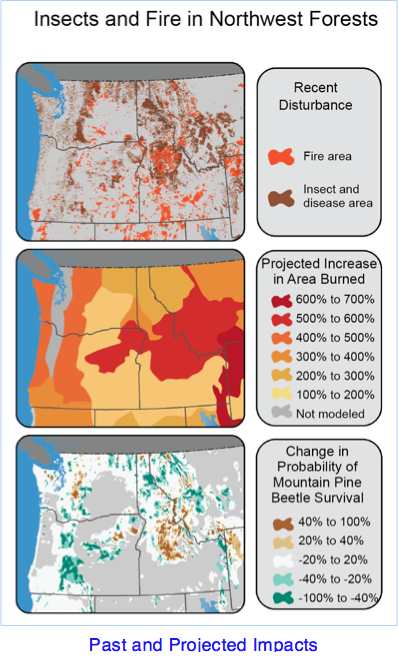
Unfortunately, there is not much we can do for our forests. Thinning the surfaces and canopies of our forests could abate some of the fire’s fury, but the reality is that persistent warming will simply continue to threaten the forests.
Northwest recreational junkies, beware: though Seattle, my hometown, is thought to be an epicenter of environmental friendliness and home to many-a-tree-hugger, it is far from being immune to the impacts of climate change. The Northwestern corner of the United States not only faces forest vulnerabilities, but also water resource, coastline, and agricultural impacts.
This affects you, the hiker who’s favorite forest will be infested with pine beetles; you, the spring skier with no good snow come March at Mt. Bachelor; you, the paddle-boarder off of Alki Beach who’s favorite place to coast through the waters will look very different a few years down the road; and me, one who, like the rest of us in the Pacific Northwest, delights in the beauty of the snowy mountains and lush nature that surrounds our region that is undergoing change.




